To keep things efficient around the world, the shipping industry uses standardized steps. Throughout maritime logistics, the term TEU is one of the most important and is an abbreviation for Twenty-foot Equivalent Unit. Thanks to this standardized measurement, it is simpler for logistics experts, freight forwarders and companies to figure out the cost of shipping, the amount of cargo that can be loaded, which relates to the container capacity. and how fast the cargo is processed.
It is important for traders, big or small, to be familiar with TEUs. The guide will go over everything related to TEUs, explain their importance in shipping and describe their impact on your logistics operations.
What Does TEU Stand For and Its Basic Definition
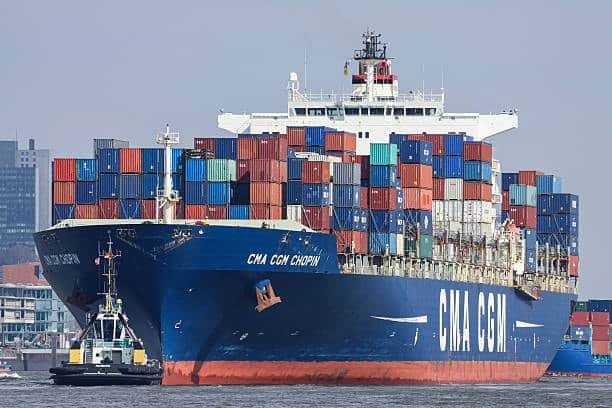
TEU stands for Twenty-foot Equivalent Unit and it is used as the measurement for both container ship capacity and how efficiently a port operates and is used to determine cargo operations. . The idea of this system was to keep shipping calculations unchanged even when using different container sizes.
One TEU shows the amount of cargo that can be placed in a standard shipping container, which reflects its cargo capacity. which is about 20 feet long, 8 feet wide and 8.5 feet high. Inside, a standard 20-foot container can hold roughly 1,172 cubic feet which is similar to 33.2 cubic meters and the container usually holds about 24,000 kilograms.
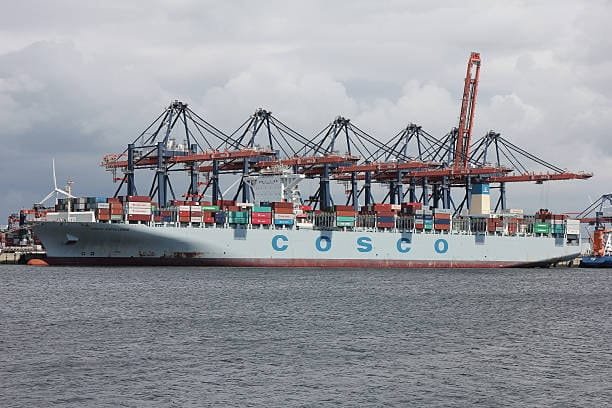
Due to TEU, everyone in the shipping sector can use the same terminology, resulting in easy communication about standard pallets used in shipping. . It is thanks to standardization that trade between countries can happen easily, as measurements are constant and apply to various shipping routes and containers.
The History and Evolution of Container Standardization
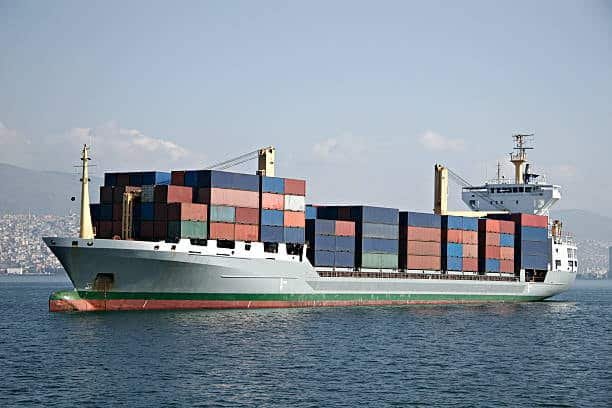
In the 1950s, Malcolm McLean introduced shipping containers that people now measure in TEU and used on container ships. , a worldwide innovation at the time. Prior to this change, instead of large containers, individual items of cargo were loaded and unloaded, a task known as break-bulk shipping that took a lot of effort and time.
The International Organization for Standardization created shipping container standards in 1968, laying out the specifications for these containers, including their internal dimensions, were laid out. . The twenty-foot container was the basis for TEU which formed the main unit of measurement. Standardization opened the way for easy movement of containers from one mode of transport to another, without having to pack and unpack items every time.
TEU has changed over time to work with bigger containers and keep its central principles unchanged. The creation of 40-foot containers became the reason for developing FEU which stands for Forty-foot Equivalent Unit and is also referred to as forty foot equivalent units. and is equal to two TEUs. As a result of this evolution, the shipping industry continues to make things more efficient and cheaper by standardizing.
How TEUs Are Calculated in Container Shipping
It is easy to find the TEU when you have standard containers. One TEU is the same as a 20-foot container and two TEUs equal a 40-foot container. On the other hand, it gets more difficult to handle different types and arrangements of containers on vessels. in rain mapping.
If the containers are taller than usual and have high cubes, the number of TEUs is determined by measuring the length. Although a 40-foot high-cube container is higher and can hold more cargo, it remains two TEU units. Using this method ensures that capacity and statistics are always uniform.
Before shipping, logistics experts look at TEUs to decide how much room is required to determine cargo capacity for efficient shipping. , estimate how much it will cost and maximize the use of cargo space. If you need three 20-foot containers and two 40-foot containers, you will carry out seven TEUs (3 + 2 = 7 TEUs). It helps freight forwarders give proper price estimates and assign containers in the best way possible.
Different Container Types and Their TEU Equivalents
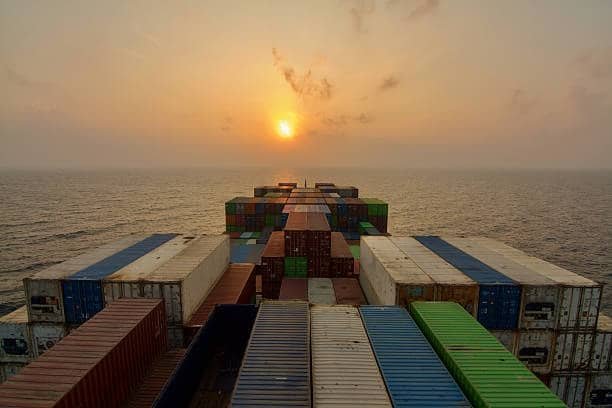
Containers in the shipping industry are selected based on their use and the containers with greater cargo space correspond to higher TEU values. Standard dry containers are most likely seen as containers that are shipped globally. and are offered as TEUs in sizes of 20 feet and 40 feet. Despite being taller than standard containers, 9.5-feet high-cube ones still keep the same TEU values as the smaller ones.
The amount of TEU you get with reefers depends on their size, with twenty-foot reefers as 1 TEU and are often paired with eur pallets. and forty-foot reefers having 2 TEUs. With this method, open-top containers, flat-rack containers and tank containers share the same length standard for various types of cargo.
You should count a 45-foot container as 2.25 TEUs and a 53-foot container as roughly 2.65 TEUs. For certain routes in North America, these larger containers are being used more often because they let businesses fit more products into trucks and comply with rules.
TEU vs FEU: Understanding the Key Differences
Even though TEU (Twenty-foot Equivalent Unit) is usually used, container shipping also uses FEU (Forty-foot Equivalent Unit) as a key term. An FEU which stands for Forty-Foot Equivalent Unit, is equal to two TEUs. Logistics planning can only succeed if you understand the relationship between them.
A lot of container shipping and logistics businesses state their prices in TEU and FEU depending on the container setup. For example, a container of 40 feet may be given as one FEU or considered equivalent to a single feu. or two TEUs and the price could be different for each option. Because of this, shippers can decide on the best way to transport their goods by weighing shipping rates and the amount of cargo they have.
What unit is used, TEU or FEU, often depends on where shipping takes place and the standards of that industry. There are markets that solely use TEU for containers and some that record the shipment of 40-foot containers with FEU. Being aware of both systems helps you talk clearly with partners and service providers across the world.
The Role of TEUs in Port Operations and Capacity Planning

TEU is the unit used by ports to show throughput charts, prepare development projects and improve day-to-day operations. TEU is the standard used to compare the amount of cargo handled at different ports every year. It allows port authorities to use their resources well and prepare for expansion in the future.
Ports can follow their performance, notice when more ships come and improve how they plan berths because of TEU statistics. Container terminals rely on TEU data to find out how many cranes, yard tractors and places to store cargo are necessary for handling their expected shipments.
The annual shipping records of Shanghai, Singapore and Rotterdam record millions of TEUs by volume, giving us a clear picture of trade. , giving us a clear picture of both world commerce and trends in the economy. They allow stakeholders to plan their trade activities, find suitable investment options and choose better strategies for managing supply chains.
Impact of TEUs on Shipping Costs and Freight Rates
The price of freight and the shipping charges depend directly on TEU measures. Typically, shipping lines quote per TEU, so it is simple for customers to compare transport charges and routes from different carriers. As a result, people can now see how the shipping industry works and companies can compete on prices.
The cost of freight per TEU can change according to the route, the time of year, what is happening with fuel and demand for space in the market. When there is a high demand for ships and not enough space, TEU rates may rise a lot. At the times when freight is slow, carriers often lower rates to try to increase their share of cargo.
With TEU-based pricing, businesses can decide on shipping costs more easily and may negotiate reduced prices with forwarders. Shipping can be made less costly for companies if they gather cargo into a smaller number of containers, such as pallets, to optimize shipping. , pick the correct sized containers and schedule their shipments outside of high demand times.
TEU Measurements in Global Trade Statistics

TEU is a unit that governments and trade organizations use to create complete statistics about container shipping across the world. Statistics of this kind give us useful information about the trading patterns, changes in economies and supply network activities in various places.
Both the World Trade Organization (WTO) and International Monetary Fund (IMF) often release TEU-based reports to study how the world trades and performs economically. It allows decision-makers to act wisely when forming trade, infrastructure and economic growth policies.
Researchers and analysts can also examine the way container traffic and economic factors such as intermodal containers and GDP growth. such as GDP growth, production and demand are connected thanks to TEU data. The insights provide an important base for predicting future economic developments and discovering upcoming market openings carrying capacity.
Technology and TEU Tracking in Modern Shipping
Advanced technology has made TEU tracking and management much easier with the use of digital and automated tools. Thanks to EDI, it is possible to watch vehicle deliveries in real-time and quickly collect TEU numbers for each vessel, port and specific shipment.
Blockchain technology is being applied more and more to record TEU movements accurately and transparently from warehouse to warehouse all over the supply chain. As a result of this innovation, security increases, fraud becomes less likely and everything connected to container tracking and paperwork is more efficient containers loaded.
AI and ML are used to examine TEU data and increase loading capacity, anticipate needed space and spot any risk of interruptions in supply chains. They assist the shipping and logistics sectors in making evidence-based changes that enhance their processes and help customers teu containers shipping companies.
Future Trends and Developments in TEU Standardization
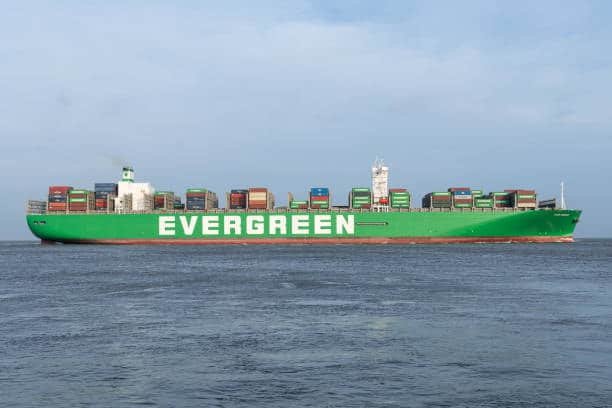
Changes in the shipping industry include new container sizes and shapes, so TEU measurements are no longer enough. Because there is a trend towards larger mega-containers, the existing TEU system for measuring shipments needs to be updated to stay standard teu capacity.
Decreasing damage to the environment is leading to the invention of better container and loading methods. Sustainability data such as how many tons of carbon are created per TEU, may be necessary under the TEU system to ensure the industry helps the environment and follows the rules ocean freight.
Technology and automation are expected to lead to better tracking of TEUs and welcomed more precise insights for improving the supply chain. Monitoring containers and their contents will become possible in real time with help from IoT gadgets and sensors.
Conclusion
Modern container shipping depends on TEUs which create a standard measure that allows worldwide trade and business transactions to take place smoothly. It is important for those in international logistics to know how TEUs are calculated and how they relate to the costs of shipping, operations at ports and trade data. If the shipping industry keeps growing by using new methods and technology, the TEU system will still play a key role in same types of standards.
About GWT Worldwide
GWT Worldwide is a logistics company that offers services in freight forwarding, supply chains and transport for cross-border e-commerce. GWT Worldwide handles air freight, sea freight, train freight from China to Europe, international express shipments, customs, warehousing and Amazon FBA shipping at an effective cost. We make sure that every business, large or small, gets reliable, honest and legally compliant transport with the help of up-to-date technology and worldwide partners.
